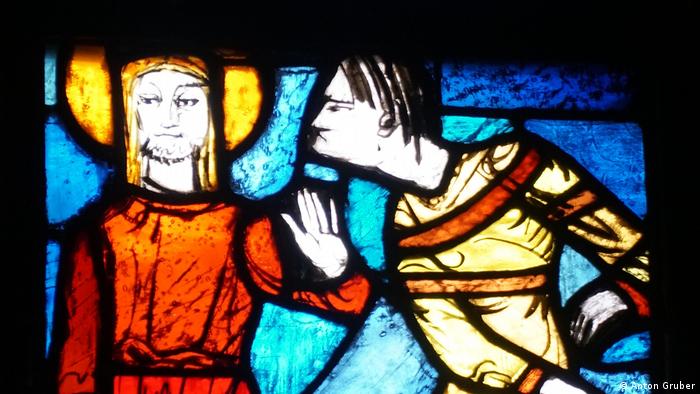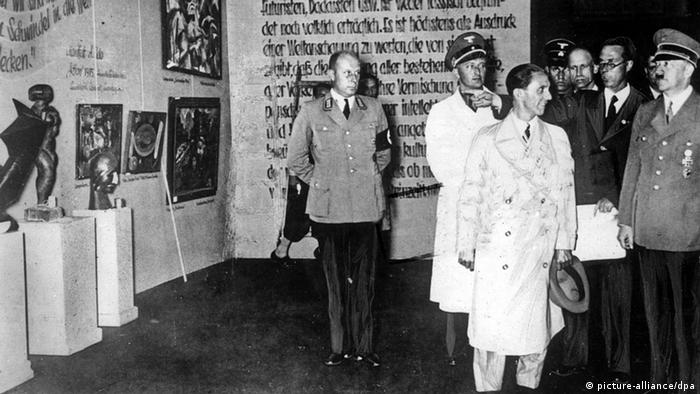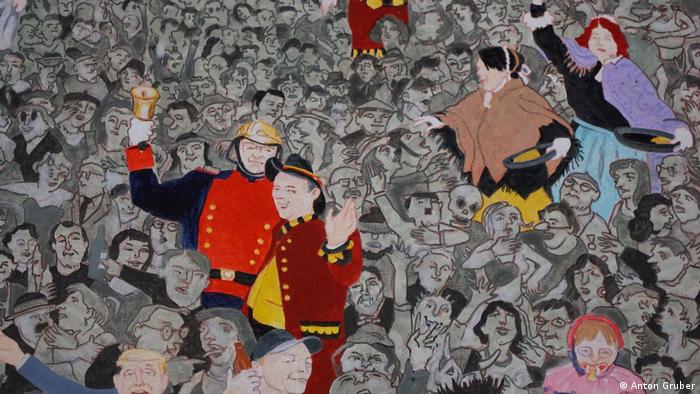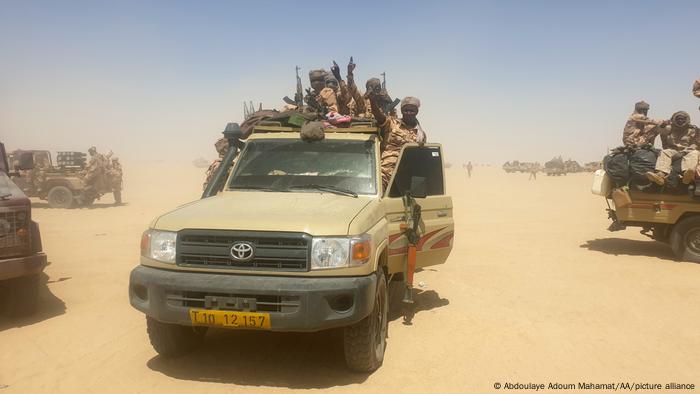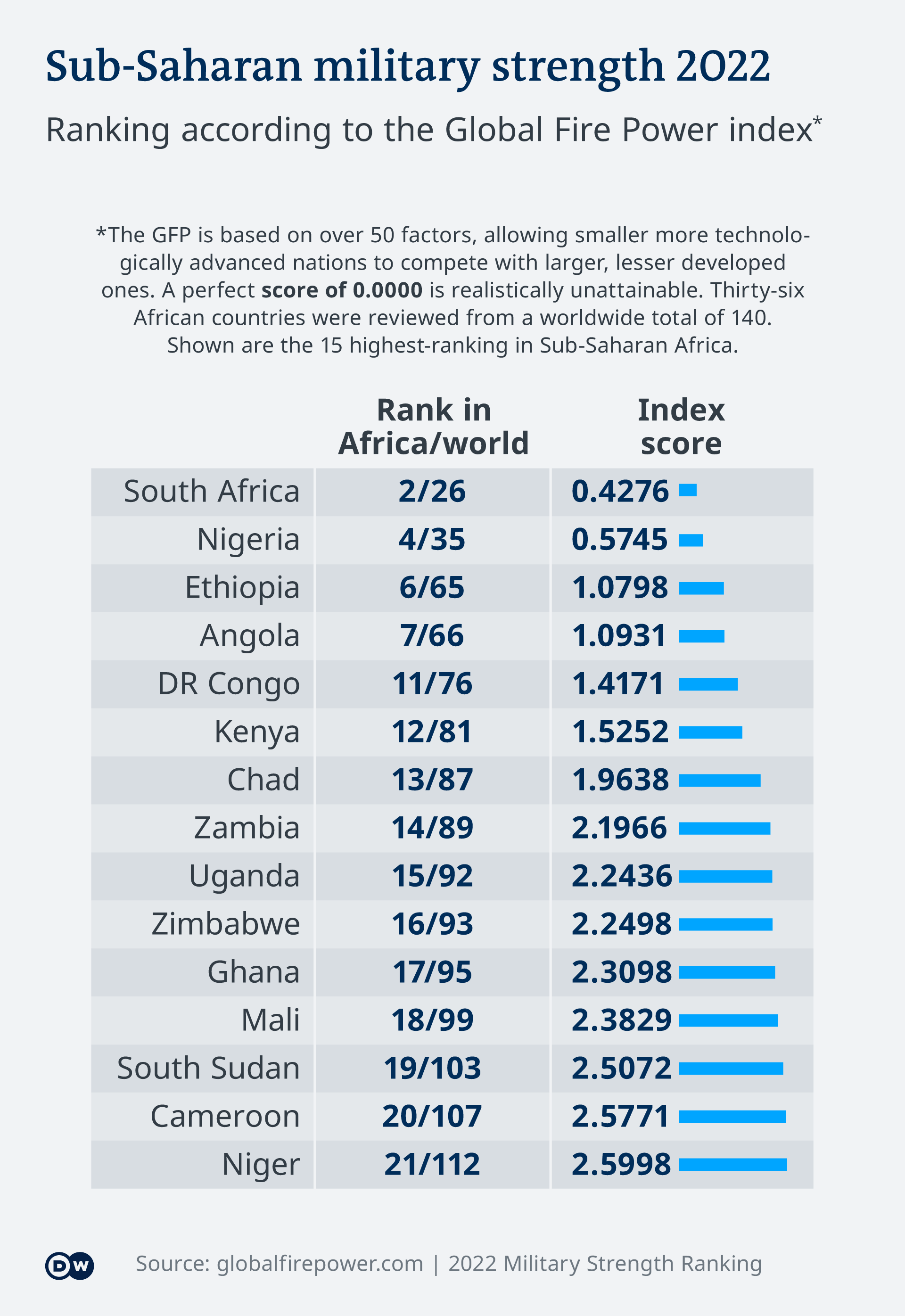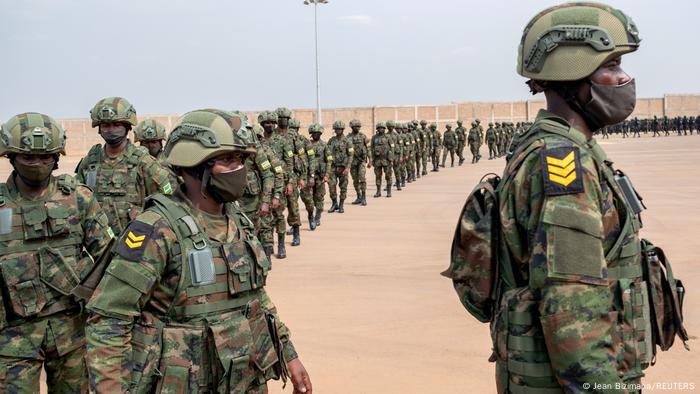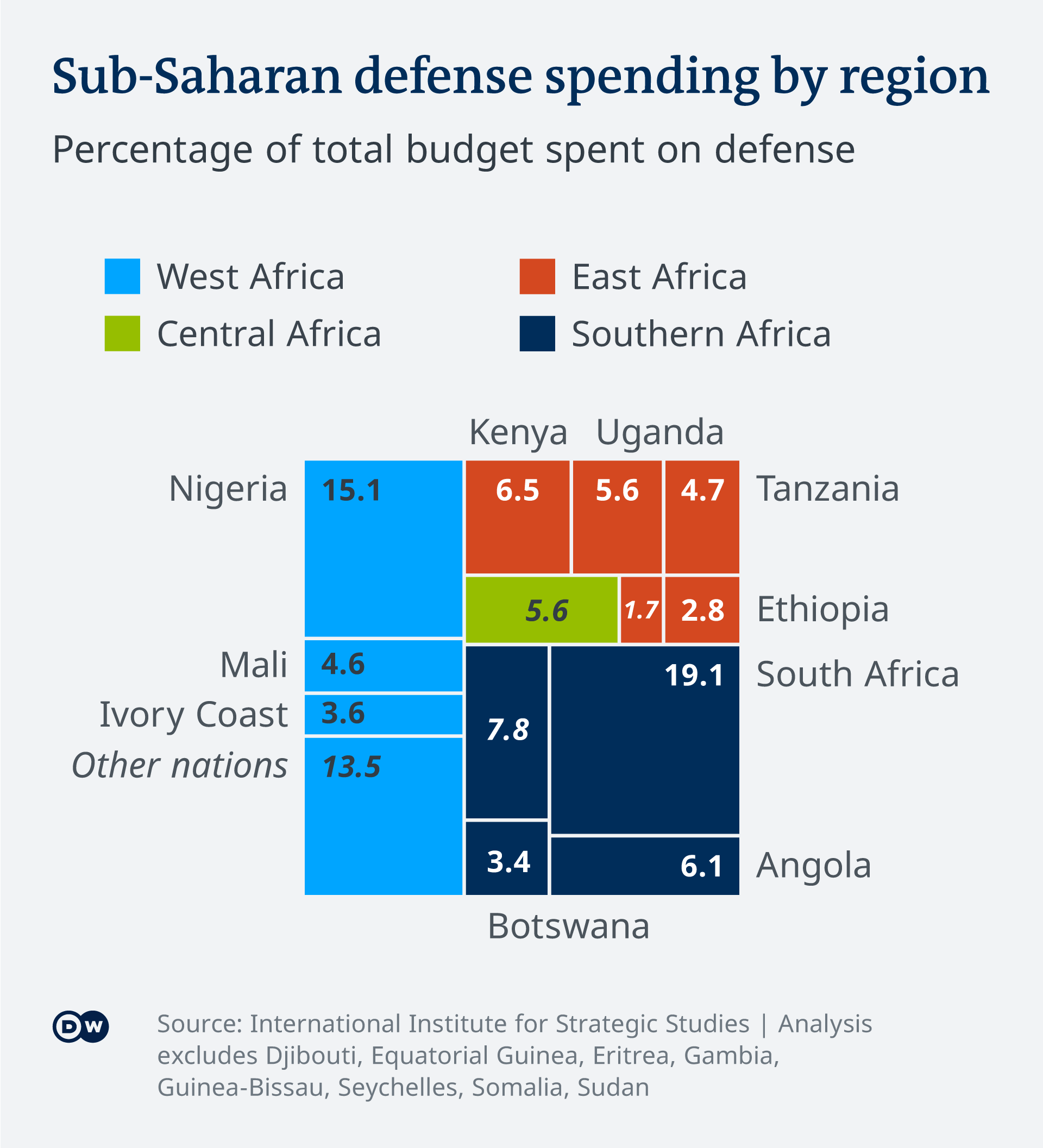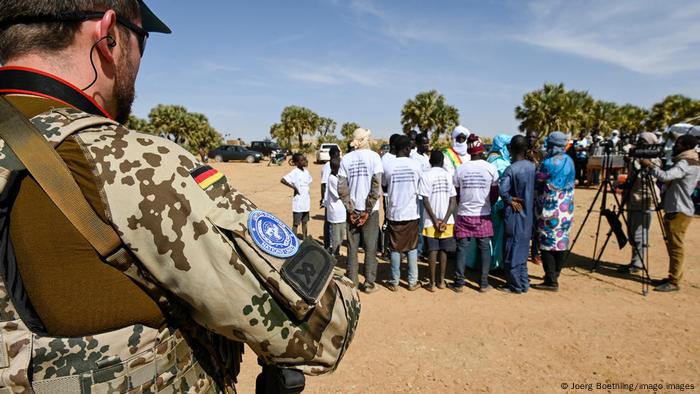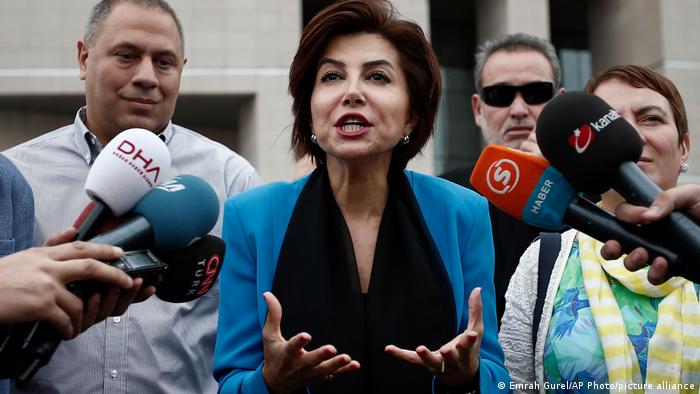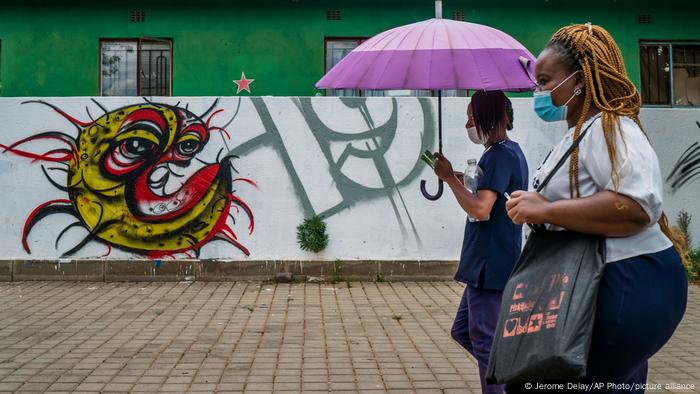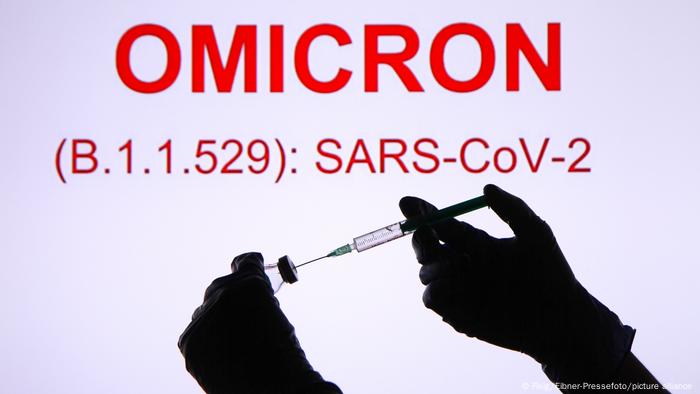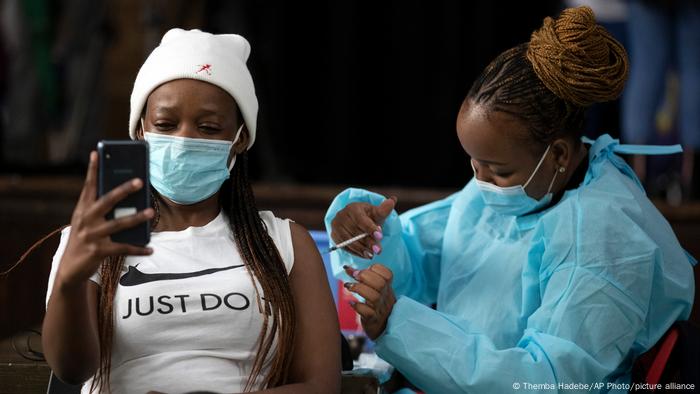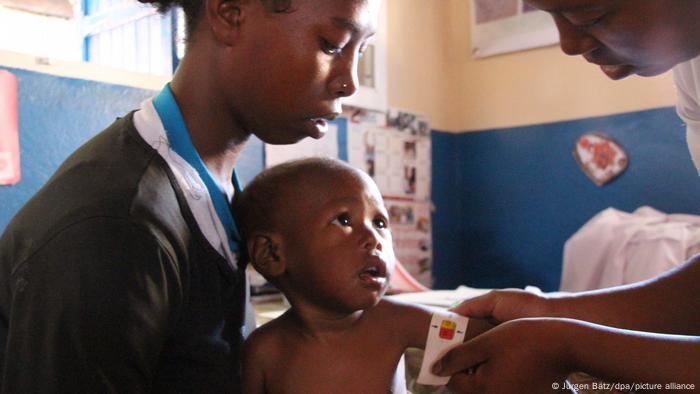By DAVE COLLINS

Students at Sport and Medical Sciences Academy return to school, Jan. 19, 2022 in Hartford, Conn. The school has been closed since last week after a student died from a fentanyl overdose. The death of the seventh grader has renewed calls for schools to carry the opioid antidote naloxone. The 13-year-old student in Hartford died after falling ill in school two days earlier. The school did not have naloxone, which is known by the brand name Narcan. But now city officials are vowing to put it in all schools. Fatal overdoses among young people in the U.S. have been increasing amid the opioid epidemic but remain relatively uncommon. (Mark Mirko/ The Hartford Courant via AP)
HARTFORD, Conn. (AP) — The death of a 13-year-old student who apparently overdosed on fentanyl at his Connecticut school has drawn renewed pleas for schools to stock the opioid antidote naloxone, as well as for training of both staffers and children on how to recognize and respond to overdoses.
The seventh grader was hospitalized Jan. 13 after falling ill at a Hartford school that did not have naloxone on hand. City officials vowed Wednesday to put the antidote in all city schools, as part of a wider drug use and overdose prevention strategy.
“Naloxone should be available in all schools, and there should be education on signs and symptoms of overdose and how to use this,” said Dr. Craig Allen, vice president of addiction services for Hartford HealthCare’s Behavioral Health Network. “Unfortunately, a horrible incident like this happens and suddenly everyone’s vision is 20/20.”
Hartford Mayor Luke Bronin said that because of the student’s young age, an opioid overdose did not immediately come to mind when the school nurse and first responders, who did have naloxone, treated him.
That’s why city officials are also proposing more training and curriculum changes aimed at educating staffers, students and community members in substance use awareness and prevention, he said.
In response to the student’s death, advocacy groups are repeating calls they’ve made for several years for schools to stock naloxone — often delivered as a nasal spray under the brand name Narcan — and train educators, support staff and students to recognize signs of opioid use and overdoses, especially because younger people are falling victim more frequently.
The powerful opioid fentanyl has been showing up in marijuana, illicit pills and other substances accessible to school-age children, experts say. Fatal overdoses in the U.S. are at record levels, fueled by fentanyl, and have been increasing among younger people, national data shows.
The National Association of School Nurses has advocated for naloxone to be in all schools since 2015 and for school nurses to help educate their communities about the signs and symptoms of substance abuse.
“It’s a very unfortunate outcome,” Linda Mendonca, the association’s president, said about the Hartford student’s death. “It brings us back to school preparedness and response plans. Having those in place is really critical.”
The association created a “tool kit” for school nurses that includes information on administering naloxone and educating the community about opioid problems. The kit has been downloaded from its website more than 49,000 times, the group said.
Ethan’s Run Against Addiction is one of many advocacy groups that weighed in on social media about the Hartford student’s death. It is named after Ethan Monson-Dupuis, a 25-year-old Wisconsin man who died of a heroin overdose in 2016
“This tragedy is unbearable. Our nation’s opioid crisis has reached into the lives of children, into places where we want to assume that they are safe,” the group said in a Facebook post Thursday. “ALL public places, including schools, must have Narcan available. We need to educate kids on how to recognize someone who is overdosing and how to use Narcan.”
In addition to a nasal spray, naloxone can also be given as an injection. The National Institute on Drug Abuse says it is a safe medicine and side effects are rare but warns it doesn’t reverse overdoses from other drugs. Training is needed, the agency says, because sometimes more than one dose needs to be given and people who receive the drug can experience immediate withdrawal symptoms.
It’s not clear how often overdoses happen in U.S. schools, but experts and advocates say they are not common.
In late November, two school resource officers and a school nurse were given naloxone after being exposed to the synthetic opioid carfentanil, which was in a piece of paper found in a student’s vape pen at Sequoyah High School in Madisonville, Tennessee, according to local media reports. The officers and nurse became lightheaded but recovered.
In 2019, high schools in the Tucson, Arizona, area began stocking naloxone in response to a student overdosing on opioids while in school. Emergency responders, who were carrying the antidote, revived the student, media reports said.
There also is no national data on how many schools have naloxone or drug use awareness training programs that include recognizing the signs of an overdose.
In a survey of Pennsylvania school nurses conducted in 2018 and published in 2020, more than half the 362 nurses who responded reported having naloxone in their schools, according to the journal Public Health Nursing.
About 5% of the nurses said naloxone had been administered in their school or at a school-sponsored activity. The most common reason for not having naloxone in schools included a lack of support and the belief it was not needed, the survey showed.
Drug use prevention is taught in many schools. And there are an array of overdose awareness and naloxone administration programs offered by local health departments and advocacy groups.
In eastern Tennessee, the Carter County Drug Prevention group has trained hundreds of children, some as young as 6, on how to use naloxone via after-school programs and other extracurricular gatherings, in response to rising overdoses, The New York Times reported.
Twenty states had laws allowing schools to possess and administer naloxone, and seven others required schools to have naloxone-use policies as of August 2020, according to the Legislative Analysis and Public Policy Association, a nonprofit research and policy advocacy group. Most of the laws require training on administering the antidote.
In response to record drug overdoses, the national Office of National Drug Control Policy in November released a model law for states to consider, aimed at expanding access to naloxone, including in schools.
The Hartford student fell ill at the Sport and Medical Sciences Academy and died at a hospital two days later, on Jan. 15. The teenager’s name was not released. Two other students recovered after apparently being exposed to fentanyl and becoming ill, officials said.
Hartford police said they found about 40 small bags containing fentanyl in the school. Police are still investigating the overdose, and the fentanyl’s source remains unclear.
According to the Centers for Disease Control and Prevention, the 15-to-24 age group saw the largest percentage increase in drug overdose death rates from 2019 to 2020, at 49%, but had the second-lowest overall rates among age groups.
For the first time last year, U.S. overdoses deaths topped an estimated 100,000 in a one-year period, with many of the deaths linked to illicit fentanyl.

